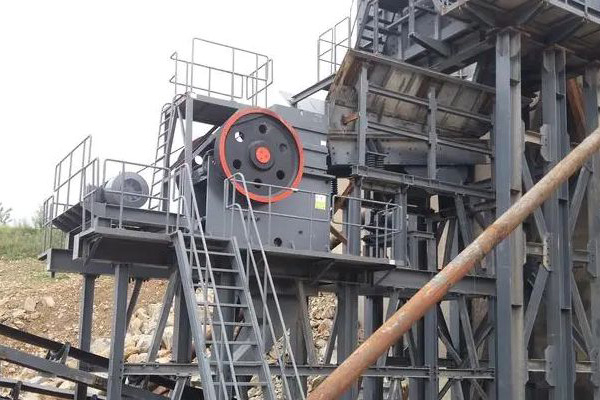A quarry jaw crusher is a vital piece of equipment in the mining and aggregate industries, used for breaking down large rocks into smaller, more manageable sizes. While these machines are designed for heavy-duty work, it is crucial to observe certain precautions to ensure safety, enhance performance, and extend the machine’s lifespan. Below are some essential working precautions for quarry jaw crushers:

1. Pre-Operational Inspections
Before starting the crusher, ensure that all components are thoroughly inspected. Check for any damage to the jaw plates, bearings, and frame. Verify that all lubrication systems are functioning correctly and that the oil levels are adequate. Inspect the belts, motors, and other moving parts for wear or damage.
2. Safe Startup and Shutdown
Always follow the manufacturer’s recommended startup and shutdown procedures. The machine should be started without any material loaded in the chamber to prevent overloading the motor. For shutdown, ensure that the crushing chamber is completely emptied before turning off the machine to avoid blockages or material buildup that could damage the machine.
3. Material Feeding
The jaw crusher is designed to handle a specific range of material sizes. Overfeeding or underfeeding can cause inefficiency or damage. Always feed material in a consistent manner, and avoid sudden or excessive loads. Use a feeder system if necessary to regulate the flow of material into the crusher and prevent blockages.
4. Correct Jaw Plate Selection
Ensure that the jaw plates are appropriate for the type of material being processed. Different materials require different types of jaw plates for optimal performance. For example, harder materials require plates made from high-strength materials, while softer rocks can be handled with standard plates. Regularly inspect the plates for wear and replace them when necessary.
5. Monitoring Vibration and Noise
Excessive vibration or noise during operation can indicate a problem with the crusher. Continuous monitoring of these parameters helps in detecting issues early on. Vibrations can signal imbalances in the machine, worn-out parts, or misalignment, while abnormal noise may indicate the presence of foreign objects in the crusher or a malfunctioning component.
6. Dust and Fume Control
Crushing operations produce a significant amount of dust, which can be harmful to workers and the environment. Use water sprays, dust collectors, or other suppression systems to minimize airborne particles. This also helps maintain clear visibility in the quarry and reduces the risk of respiratory issues for workers.
7. Regular Maintenance
Routine maintenance is crucial for ensuring the longevity and efficiency of a jaw crusher. This includes periodic checks on lubrication, wear parts, and tightening of fasteners. Scheduled maintenance should be carried out as per the manufacturer’s recommendations to avoid unscheduled downtime and costly repairs.
8. Operator Training
Ensure that operators are properly trained in the safe operation of the jaw crusher. Operators should understand the machine’s controls, maintenance procedures, and emergency shutdown protocols. Adequate training minimizes the risk of accidents and ensures that the crusher is operated efficiently.
Conclusion
In summary, to safely and effectively operate a quarry jaw crusher, it is essential to perform regular inspections, follow manufacturer guidelines, maintain consistent material feeding practices, select appropriate jaw plates, and manage dust control measures. Proper operator training and regular maintenance also play a crucial role in enhancing the machine’s productivity and lifespan.
